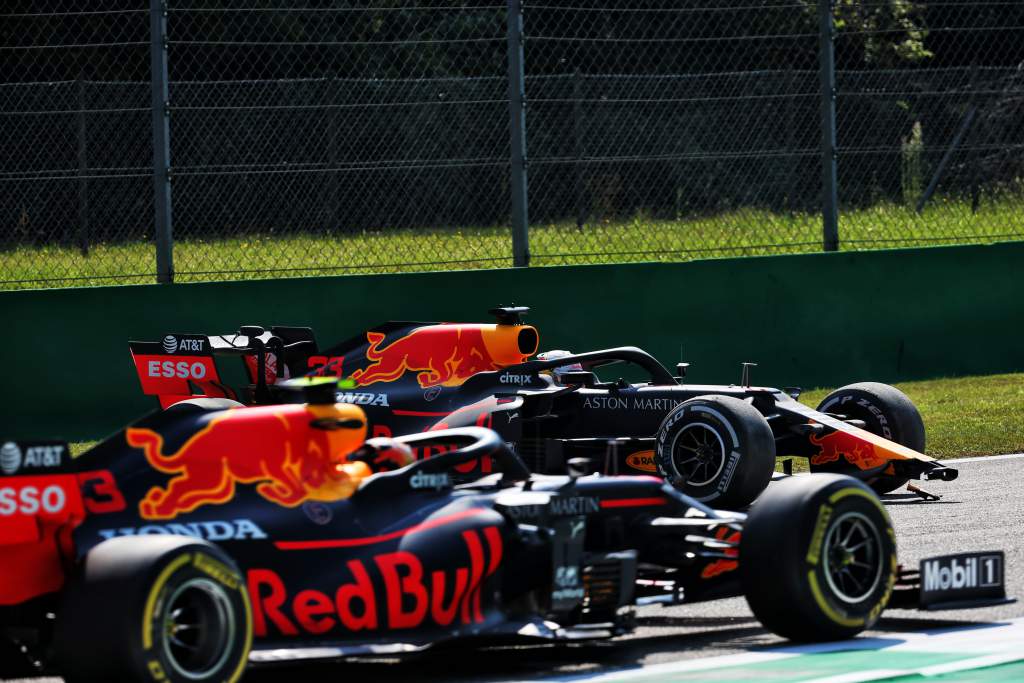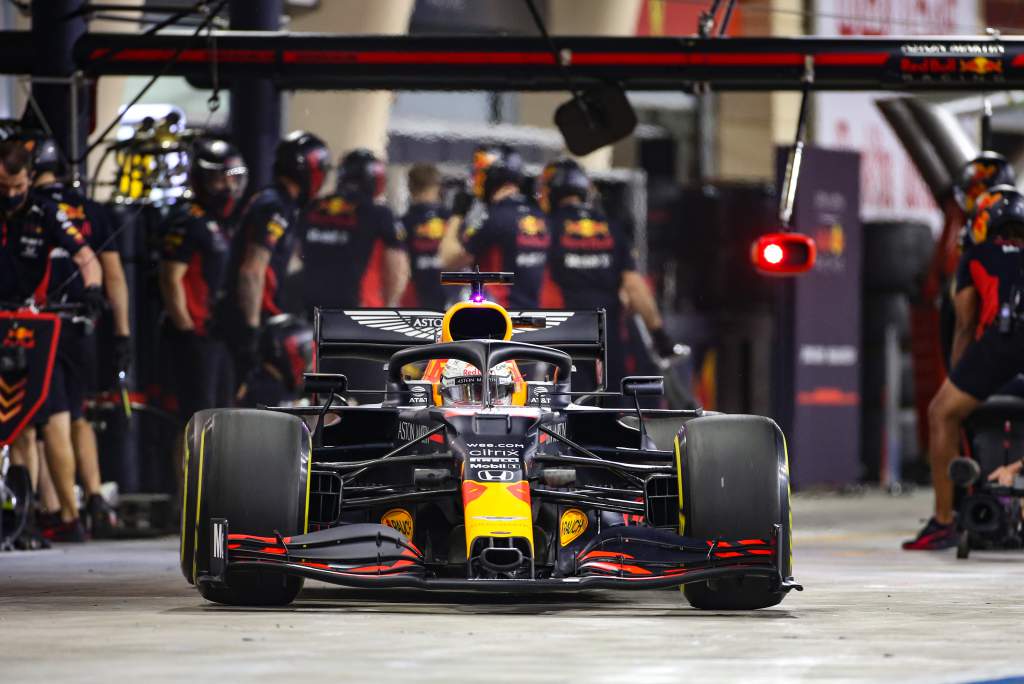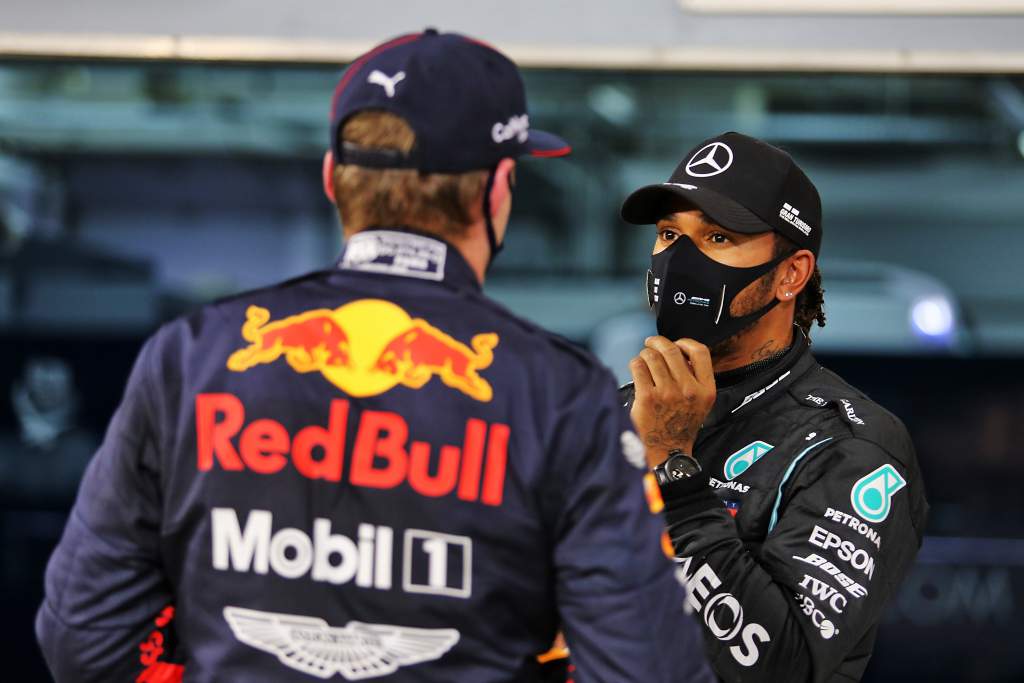Up Next

Red Bull arrived in Bahrain with hope. But yet again, Max Verstappen was that vital couple of tenths adrift and lined up in his habitual third place, behind the two Mercedes.
Though dashed, the hope had been realistic. For the team had introduced a very significant upgrade to its car in Istanbul which it believed went a significant way to addressing the worst of the RB16’s weaknesses. With Mercedes having switched off its development after Spa but Red Bull still endeavouring to get to the root of its car’s problem area, the gap has generally been getting smaller. But the extreme lack of grip at Istanbul – and the focus it put on tyre performance rather than aerodynamics – made it difficult to judge just how effective the three-part upgrade was. The familiar contours of Sakhir, with its high-grip surface, would be a better indication.

Those root problems have been evident since winter testing and have only ever been ameliorated rather than fixed. Although the car can be quick in slow-speed corners, it can also be very tricky as the downforce bleeds off and the rear ride height increases significantly. Some aero stall trait in that transition seemed to make the rear-end grip quite unpredictable – and we have seen several spins and near-spins through the year from both Max Verstappen and Alex Albon, usually in practice as limits are established and the car’s particular quirks at any one circuit are discovered. For the trait tends to be very on/off in nature. Diffusers are most prone to stalling at low speeds as the reduced energy flow struggles to stay attached.
The combination of changes made with the Istanbul upgrade suggest that the aero team has been trying to keep the underfloor flow to the diffuser at slow speeds more robust. The under-nose cape featured two slots within it, one each side of the nose, diverting some of the air that the cape would otherwise be turning towards the bargeboards and sending instead it direct to the underfloor. The bargeboards are, of course, also feeding the underfloor after inducing lots of vortices that speed up the flow. But if the airflow around those bargeboards begins to slow to the extent that those vortices suddenly stop, then the whole underfloor can be suddenly robbed of energy. Which can then stall the diffuser, too. The new slots – while robbing some flow to the bargeboards – instead will keep some crucial stall-resistant flow to the underfloor.
To help open out that direct route to the floor, the front wing shape was changed very subtly, with a different transition from the flaps to the neutral centre section of wing, allowing a greater volume of air to enter. Again, it’s robbing flow from one part of the car – in this case the wing flaps – to help keep the floor ‘switched on’.

At the back, the two wastegate pipes were re-sited from above the main exhaust to below it. This allowed the engine cover slope to extend further down towards the diffuser and suspension. The wastegates, though only in occasional operation, can be spun up by the ERS-H to help control the direction of the gas flow of the whole exhaust assembly. Siting the wastegates lower would help direct a more powerful flow to merge with the air exiting the diffuser, thereby enhancing its performance. The fact that the upgrade included new heat protection on the suspension elements there suggest that is indeed where the new exhaust flow was being directed.
It was this package on which that Bahrain hope was resting. The car was super-quick on Friday and even into FP3 on Saturday morning, where Verstappen was actually quickest. But Mercedes was able to step up the performance into qualifying and the end picture looked very familiar. “My lap was pretty good,” said Verstappen afterwards, “just lacking a bit of rear grip in the lower-speed corners to my liking.”
He was in philosophical mood. “We are pushing hard, of course, to get closer but we also know some weaknesses in the car we can’t fix for this year so we have to wait until next year. We’re still just learning about this car. Of course we know we have to make some changes for next year. And they will try to put it all together for next year. And hopefully then we will be closer.” But it was difficult not to hear a driver who’d had his hopes dashed too many times before to be getting too excited.

Hamilton suggested why the Mercedes has retained such an edge despite having no development for months. “The thing is, we’re always learning about our car, even if we’re not bringing upgrades,” he said.
“We’re constantly trying to understand the characteristics of our car more and the demands and things that we need to move the car forwards, so there’s a lot of work that goes on in the background.
“Yes, we have not brought updates because there are shifts and changes for next year and it definitely is amazing that we have been able to continue to improve.
“Whilst we’ve not brought updates we have continued to improve through the season, particularly after we’ve stopped developing the car because we’re understanding the tyres more and understanding the whole package more and more and refining how we use it more and more, so I think it’s been a really interesting process – but that’s how it often goes.
“I think [Red Bull] have a very, very good car and perhaps with some more development of their engine I think they would even closer next year.”
Over to Honda then… but also to the aero team.





